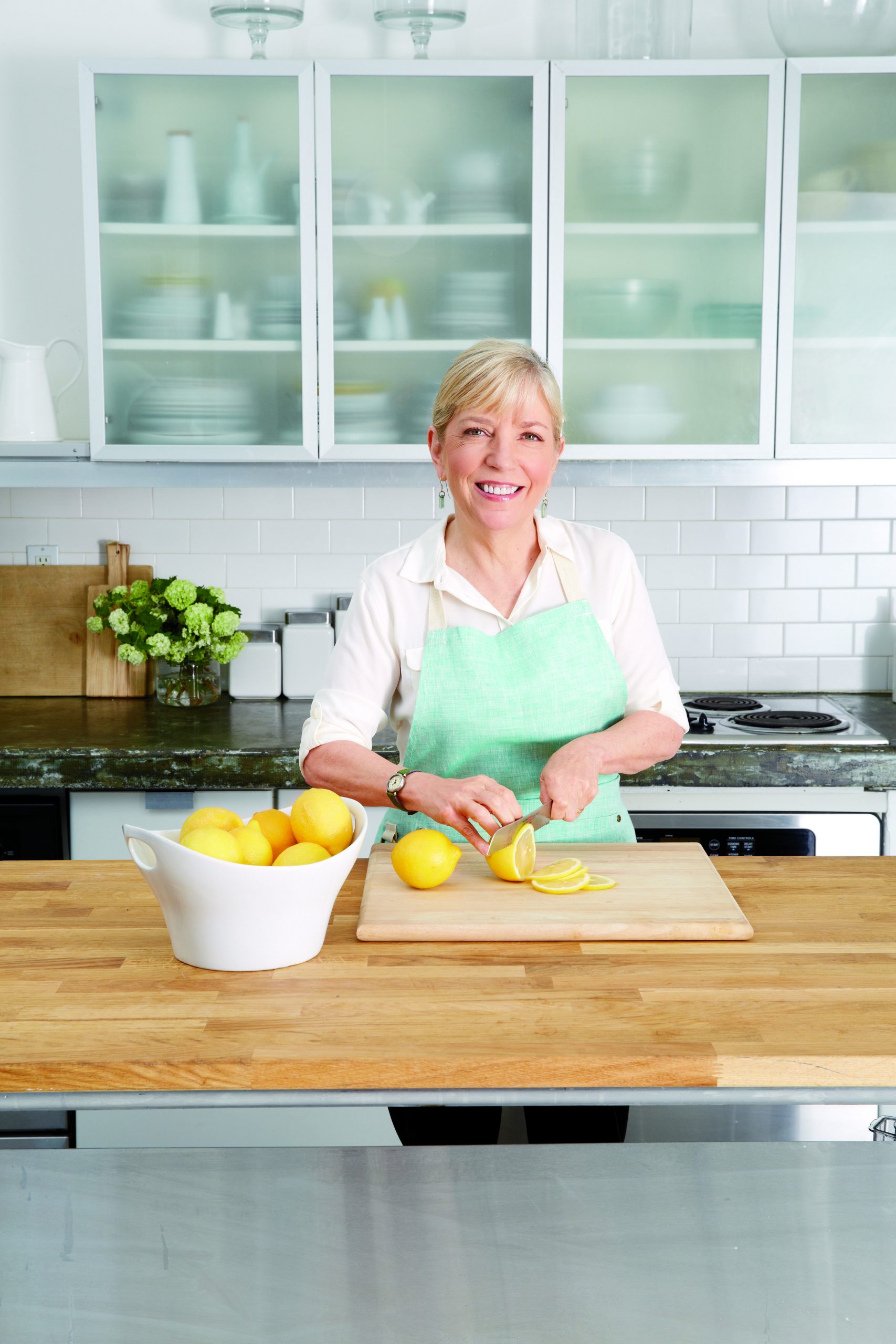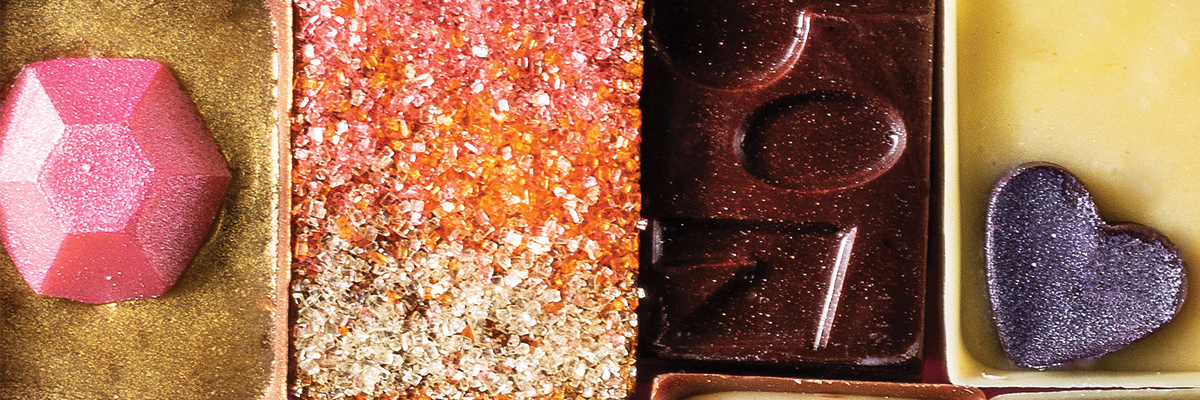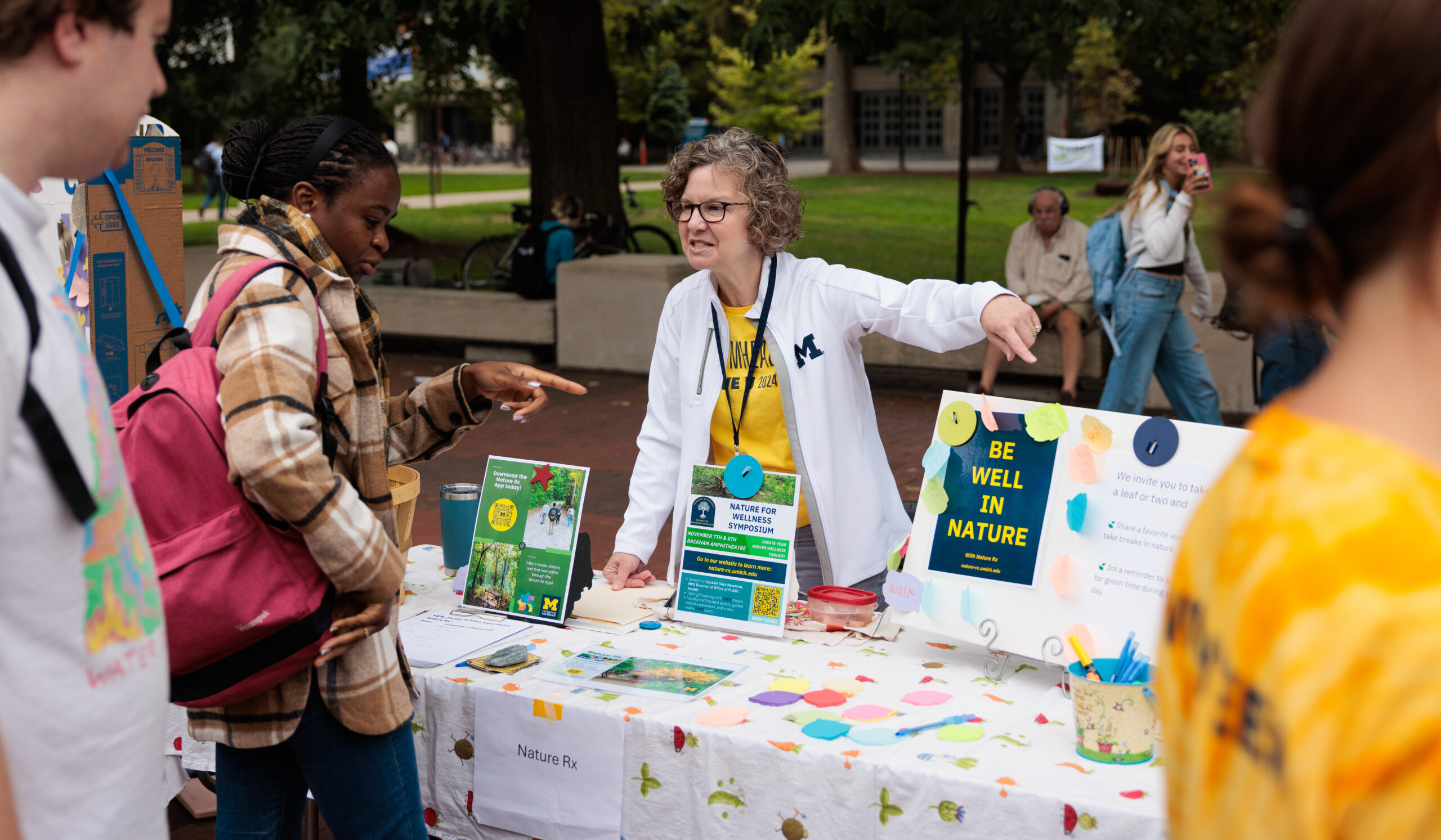As food finders for Zingerman’s, Mo Frechette, ’92, MBA’06, and Brad Hedeman, ’98, roam the world together, sourcing the best-tasting products to sell in the company’s colorful print and online catalogs. No place has proved too remote for finding the perfect chunk of tuna or slice of cheddar, whether it be a fishing village in northern Spain or a dairy farm in England.
Both men started working at Zingerman’s in the early 1990s. Frechette initially applied for a night cleaning job in 1992 at the delicatessen but was instead hired by the catering department. “They took orders by hand; I had neat handwriting,” recalls Frechette. “I got the job.” The following year, he co-founded Zingerman’s Mail Order business or, as he puts it, “I created my current job.” Hedeman started in the bread section at Zingerman’s Deli in 1994 before moving to the Mail Order side that same year.
Beyond traveling together, the two also contribute to “The Feed,” a blog about “the secret life of amazing food at Zingerman’s.” The posts—numbering 116 at press time—tell the story behind various food items, from pecans to prosciutto. As a Zingerman’s fan, I had to learn more about these global foodies. Here’s what they shared.
Moulton: How do you locate these products?
Frechette: Finding new foods today is kind of like finding new music in the ’80s. Back then, you could discover new music on the radio or in Rolling Stone, which was the stuff everyone knew about. But if you wanted something different, you had to work for it. You had to meet people who were listening to what you were, share mixtapes, seek out music shops, and go to the concerts. If you replace “listening” with “eating” and “music” with “food,” you pretty much have the recipe for how I find food today.
Hedeman: There are probably a thousand ways to answer that question … from listening to people smarter than myself to developing new products with trusted producers. I consider every product that comes across my desk and plate, so volume is key.

Moulton: Zingerman’s Mail Order sells hundreds of products. What are some of your favorite food finds?
Frechette: I’ve never tasted a better nut butter than Koeze Cream Nut Peanut Butter. They’ve been making it on and off for nearly 100 years in Grand Rapids, Michigan. Wilde Weide Gouda from the Netherlands is a farmstead, organic Gouda that’s made on a farm on an island that’s been in the family for three centuries. It tastes as good as it sounds, even better.
Hedeman: I like Maffé Sauce from Kitchens of Africa … never tried anything like it. I love Hey Boo Coconut Jam (called ”srikaya” in Indonesia). It is sweet, smooth, and luscious. Bon Bon Bon chocolates from Detroit (pictured above) is one of the coolest confection-makers ever, with the coolest packaging. We partnered with them nearly from the beginning, and every year we do a limited run of 10-piece boxes with signature flavors they develop exclusively for us.
Moulton: Judging by your blog posts, there is a story behind nearly every food product you sell. Can you share one particularly memorable one?
Hedeman: We developed the English Farmhouse Cheddar with Jamie Montgomery, who has an incredibly rare, incredibly delicious, farmhouse cheddar in Somerset, England. Our friend Jason Hinds from Neal’s Yard Dairy—our culinary and cultural cousins in London that export delicious British cheeses—was also involved. After picking the batches we wanted to sell, Jamie took us all up atop a bald hill on the property that archeologists are convinced was Camelot or at least the wooden fort where the clan leader King Arthur lived. There was nothing but pregnant cows up there, but it was a moment, and a cheese, I will never forget.
Moulton: You have visited any number of countries on every continent. Do either of you have a favorite place you always yearn to visit again?
Frechette: My junior year of college, I spent the summer in Florence studying art history with the U-M program. I had a full head of hair and a fanny pack, and it was my first time abroad. I remember sending a postcard to my mom that read, “Mom, it’s crazy here. They put pine needles in the potatoes.” I’d never had rosemary. Like all firsts, it is still dear to my heart, and I still think the food in Italy is so damn good.
Moulton: What is one of the most unusual places you have visited to seek out a special item?
Hedeman: Mo and I also had the chance to visit the Inverawe Smokehouses in Scotland a year or so ago. It was remote. It was beautiful. We stayed in their 500-year-old stone house. We left smelling like whole-log oak smoke. There was a falconer there. I tried fly fishing for the first time. The environment was straight from “Braveheart.” I loved it.
Moulton: How do you decide to include a product in the mail-order catalog?
Hedeman: If something doesn’t taste amazing, it’s not a great fit for us. Eighty percent of what we ship out the door is going to be a gift. I like to find foods that burgeoning foodies and hopeful cooks will find interesting and want to try. In addition, more often than not, the giver is not going to be in the room to explain the gift to the recipient. So while I may get excited about those niche, rare, sometimes odd products—like sea urchin roe and powdered black lime—I know that the majority of our customers are not going to think that’s a good gift for their uncle or their grandmother.
Frechette: We don’t sell any food we haven’t tasted. Tasting is a team effort. Anyone at Zingerman’s can join in. We have a tasting session every few weeks, and it could have as few as a handful of new foods to try to well over 100. If it is something we already sell—another type of tinned tuna, say—we’ll bring out a tin of the tuna we currently carry and compare them. I’m not trying to be Amazon and offer 50 tins of tuna. I’m trying to get only the really good tuna.
Moulton: So what is your favorite tuna?
Frechette: I’ve probably tried 100 other tinned tunas; many are really good, but none are better than the century-old, line-caught Bonita Tinned Tuna from Ortiz, Spain.
Hedeman: Mo and I were the first folks to visit their factory and select the specific batches of tinned tuna we wanted to buy in more than 30 years. Chefs in Spain used to do that a lot, but no more.
Moulton: What is the most unusual thing you have learned as a food finder?
Frechette: We can lose foods forever—how to make a cheese, how to salt cure a shark or a cod liver.
Hedeman: The most surprising thing is how much food means to people. It conveys emotions, nostalgia, words. It is a loving gift that resonates with everyone, no matter where you’re from, where you live, where you’ve been, or what you believe.
For more on Zingerman’s food finders, check out the video below.
Cookbook author Sara Moulton (saramoulton.com) is currently the host of the public television show “Sara’s Weeknight Meals.”





